Santiago De Compostela Pilgrimage

A Brief History Of The Santiago De Compostela Cathedral
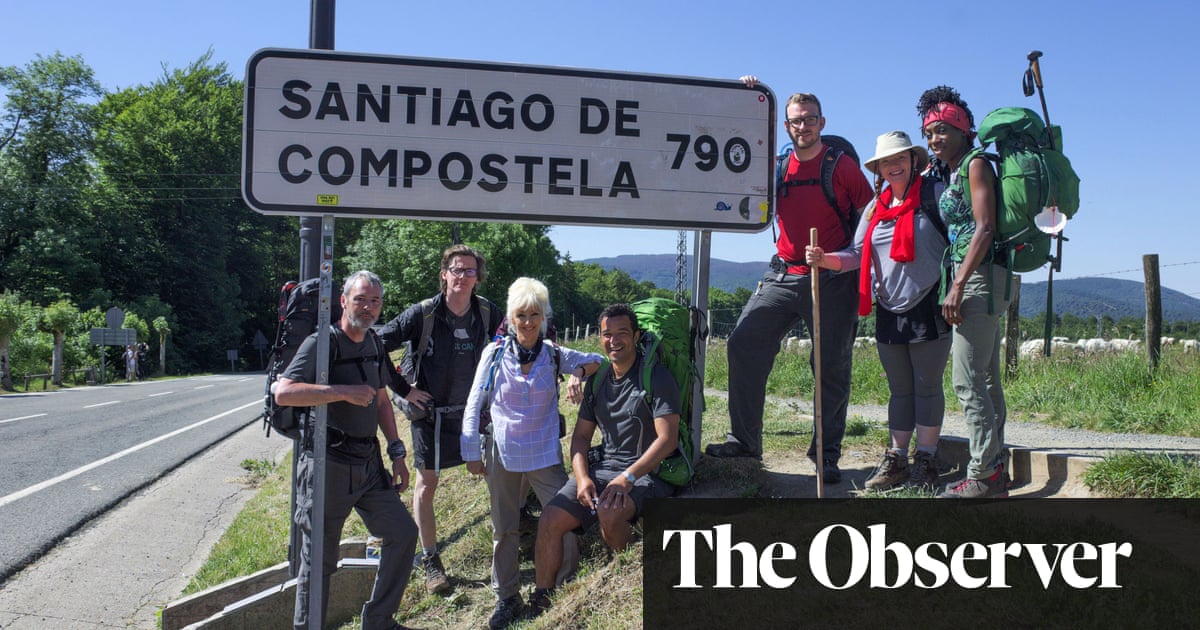
Faith Friendship And Curses As Seven Celebrity Pilgrims Trek To Santiago Television Radio The Guardian
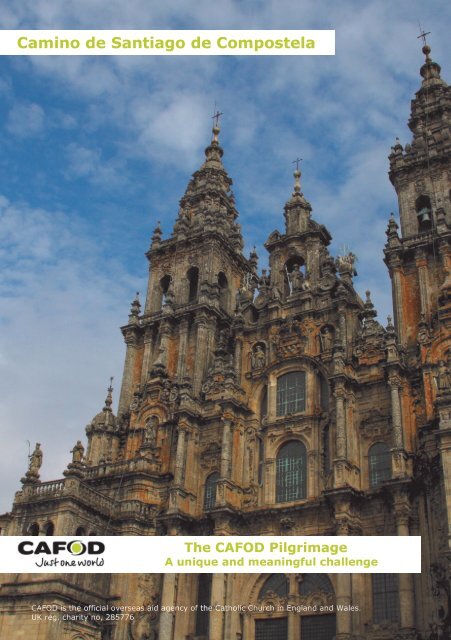
Registration Form Santiago De Compostela Pilgrimage Cafod

Warning To Camino De Santiago Pilgrims After Female Walker Disappears Spain The Guardian

El Camino De Santiago Pilgrimage Spain Canisius College Buffalo Ny

Santiago De Compostela Blog Texas Early Music Project
Seven people living in the public eye say goodbye to their hectic lives, don backpacks and walking boots, and set out on the famous Camino de Santiago pilgrimage They have only 15 days to tackle this ancient 780km path across northern Spain to the Cathedral of Santiago de Compostela and the shrine of St James.

Santiago de compostela pilgrimage. Walk El Camino de Santiago, known as the Way of St James, with National Geographic Expeditions Along the way experience Santiago de Compostela and exhibits of Gaudi architecture. Walk El Camino de Santiago, known as the Way of St James, with National Geographic Expeditions Along the way experience Santiago de Compostela and exhibits of Gaudi architecture. The Camino de Santiago or Way of St James, is a pilgrimage of Medieval Origin to the Cathedral of Santiago de Compostela in Galicia, in the North West of Spain Legend has it that the remains of the Apostle Saint James the Great were buried here and discovered by a shepherd in the 9th century (read more about Camino history).
The history of the religious pilgrimage to the burial site of Saint James – Santiago de Compostela Cathedral – dates back to the Middle Ages Nowadays, people walk the Way of Saint James (English for Camino de Santiago) for all kinds of reasons. A Jacobean Year, or Holy Year of Compostela You may also hear this one referred to as Xacobeo 21 and has been extended to include 22. The ‘Camino’ (way) to SantiagodeCompostela has since the Middle Ages been the most popular Christian pilgrimage in Europe As more and more people seek meaning, this walking pilgrimage has enjoyed a spectacular revival in the last decades, especially due to the popularity of the books by Paulo Coelho and Shirley McLain.
With Lee Ingleby, Kate Bottley, Ed Byrne, JJ Chalmers Seven celebrities tackle a medieval pilgrimage to see whether it still has relevance today. The Camino de Santiago or Way of St James, is a pilgrimage of Medieval Origin to the Cathedral of Santiago de Compostela in Galicia, in the North West of Spain Legend has it that the remains of the Apostle Saint James the Great were buried here and discovered by a shepherd in the 9th century (read more about Camino history). The Camino de Santiago (Latin Peregrinatio Compostellana, "Pilgrimage of Compostela";.
The Camino de Santiago (Latin Peregrinatio Compostellana, "Pilgrimage of Compostela";. The ‘Camino’ (way) to SantiagodeCompostela has since the Middle Ages been the most popular Christian pilgrimage in Europe As more and more people seek meaning, this walking pilgrimage has enjoyed a spectacular revival in the last decades, especially due to the popularity of the books by Paulo Coelho and Shirley McLain. Santiago de Compostela Pilgrimage The Cathedral of Santiago de Compostela is in Galicia in northwestern Spain in the Province of A Coruña The Cathedral is well known for being the final resting place and tomb of St James the Apostle of Jesus Christ.
The route runs through the whole of northern Spain, from the Basque Country to Santiago de Compostela, along the coasts of the Cantabrian Sea It begins in Irún and on its way it passes through incredible cities such as San Sebastián, Bilbao, Santander or Gijón. The Camino de Santiago (Latin Peregrinatio Compostellana, "Pilgrimage of Compostela";. The Camino de Santiago, also called the French Way, is an ancient pilgrimage route that runs more than 790 km (490 miles) across the top of Spain, all the way to Santiago de Compostela.
The rugged Coast of Death, in the north of Spain, is an ancient part of the country, with legends dating back to the Celts and Romans Learn the history—and see the sights—of this stunning coastal area on this daylong tour around Galicia. It starts near Lyon, in the town of Le PuyenVelay until SaintJeanPieddePort where the Camino Frances commences It is a fairly mountainous route with frequent ups and downs The nature is very scenic and there are many interesting towns this route passes through like Figeac or Moissac. The Camino de Santiago Virtual Challenge will take you 480 miles (772 km) along the pilgrims’ ways leading to the shrine of the apostle Saint James the Great in the Cathedral of Santiago de Compostela Each time you complete a distancebased exercise such as running, walking, cycling, swimming, etc you advance along with the map of Camino de.
The focal point and namesake of the Camino de Santiago is the city of Santiago de Compostela, located in Spain's far northwest The city, where legend has it that the martyr St James is buried,. The 21 and 22 Camino Holy Year – Xacobeo 21 21 is a Camino de Santiago Holy Year;. Galician O Camiño de Santiago), known in English as the Way of St James, is a network of pilgrims' ways or pilgrimages leading to the shrine of the apostle Saint James the Great in the cathedral of Santiago de Compostela in Galicia in northwestern Spain, where tradition has it that the remains of the.
The Camino de Santiago (Latin Peregrinatio Compostellana, "Pilgrimage of Compostela";. The Camino de Santiago is known in English as the Way of Saint James The Camino de Santiago serves as a pilgrimage—very much like the Jewish birthright trip—to the shrine of the apostle Saint James the Great in Galicia at the cathedral of Santiago de Compostela. Galician O Camiño de Santiago), known in English as the Way of St James, is a network of pilgrims' ways or pilgrimages leading to the shrine of the apostle Saint James the Great in the cathedral of Santiago de Compostela in Galicia in northwestern Spain, where tradition has it that the remains of the.
Galician O Camiño de Santiago), known in English as the Way of St James, is a network of pilgrims' ways or pilgrimages leading to the shrine of the apostle Saint James the Great in the cathedral of Santiago de Compostela in Galicia in northwestern Spain, where tradition has it that the remains of the. Seven people living in the public eye say goodbye to their hectic lives, don backpacks and walking boots, and set out on the famous Camino de Santiago pilgrimage They have only 15 days to tackle this ancient 780km path across northern Spain to the Cathedral of Santiago de Compostela and the shrine of St James. “The Way” can take one of any number of pilgrimage routes to Santiago de Compostela Traditionally, as with most pilgrimages, the Way of Saint James began at one's home and ended at the pilgrimage site However a few of the routes are considered main ones.
The Camino de Santiago Virtual Challenge will take you 480 miles (772 km) along the pilgrims’ ways leading to the shrine of the apostle Saint James the Great in the Cathedral of Santiago de Compostela. While the Camino de Santiago is generally considered a Catholic pilgrimage to the tomb of the Apostle St James, buried at the great Cathedral of Composela, a closer look at the Camino and the figure of James reveals that, behind the official Road to Compostela, lies another Camino, sometimes called the ‘Route of the Stars’. The Camino de Santiago, or the Way of Saint James, is an epic Catholic pilgrimage to the Spanish city of Santiago de Compostela.
The route runs through the whole of northern Spain, from the Basque Country to Santiago de Compostela, along the coasts of the Cantabrian Sea It begins in Irún and on its way it passes through incredible cities such as San Sebastián, Bilbao, Santander or Gijón. A Jacobean Year, or Holy Year of Compostela You may also hear this one referred to as Xacobeo 21 and has been extended to include 22. The Camino de Santiago Virtual Challenge will take you 480 miles (772 km) along the pilgrims’ ways leading to the shrine of the apostle Saint James the Great in the Cathedral of Santiago de Compostela.
Camino de Santiago The Camino de Santiago (the Way of St James) is a large network of ancient pilgrim routes stretching across Europe and coming together at the tomb of St James (Santiago in Spanish) in Santiago de Compostela in northwest Spain Plan your Camino by Booking a Tour. The Pilgrimage to Santiago de Compostela The history of the pilgrimage to Santiago de Compostela stretches back more than 1000 years to the discovery of the body of St James during the reign of King Alfonso II (). Galician O Camiño de Santiago), known in English as the Way of St James, is a network of pilgrims' ways or pilgrimages leading to the shrine of the apostle Saint James the Great in the cathedral of Santiago de Compostela in Galicia in northwestern Spain, where tradition has it that the remains of the.
Walk El Camino de Santiago, known as the Way of St James, with National Geographic Expeditions Along the way experience Santiago de Compostela and exhibits of Gaudi architecture. The Compostela was an important and useful document for pilgrims In the 16th century the Catholic Monarchs constituted the Foundation of the Royal Hospital and ordered the construction of a hospital for pilgrims in Santiago This was housed in the building now occupied by the Hotel Hostal de los Reyes Católicos. On arrival in Santiago de Compostela, behold the majestic baroque cathedral of the pilgrimage site Enjoy 6 nights of comfortable accommodation, selected meals and luxury roundtrip transfers from Porto airport on this tour.
The Camino De Santiago is said to be Spain’s oldest trail and it is dubbed as the most popular pilgrimage trek in the world For over 1000 years human feet, animal hooves, and recently bike and motor vehicle tires have literally carved this majestic and historical Camino (main highway). The Camino de Santiago is one of the most significant and popular pilgrimage routes in the World For over 1,000 years pilgrims have traveled to the tomb of St James in Santiago de Compostela, Spain Some do it for religious reasons and some just to have an adventure Today, hundreds of thousands of pilgrims still make the journey every year. Santiago is one of the three important pilgrimage cities of Christianity, alongside Jerusalem and Rome When European Christians saw that their faith was threatened by the advance of Islam, they asserted it by pilgrimaging to the recently discovered Sepulchre of the Apostle Saint James, in the 9th century.
Santiago de Compostela receives pilgrims virtually every day of the year, without exception And the fact is that, since each person has their own specific reasons for tackling the Camino de Santiago, any time is a good time to embark on the adventure of becoming a pilgrim. The Camino de Santiago is not a single route like many people think referring to the popular Camino Frances It’s a network of pilgrimage routes that start in different places across Europe and finish in Santiago de Compostela In fact, you can start walking to Santiago from anywhere in Europe. The Camino de Santiago, also called the French Way, is an ancient pilgrimage route that runs more than 790 km (490 miles) across the top of Spain, all the way to Santiago de Compostela.
It starts near Lyon, in the town of Le PuyenVelay until SaintJeanPieddePort where the Camino Frances commences It is a fairly mountainous route with frequent ups and downs The nature is very scenic and there are many interesting towns this route passes through like Figeac or Moissac. The Camino de Santiago is a thousandyearold route of pilgrimage that was born with the discovery of the remains of St James the great. The Camino de Santiago is a thousandyearold route of pilgrimage that was born with the discovery of the remains of St James the great.
The pilgrimage to Santiago is a journey like nothing else you've ever done On this journey, every day has the potential of presenting something completely new In order to be receptive to this experience, the attitude of the pilgrim has to be free, spontaneous, unstructured. It starts near Lyon, in the town of Le PuyenVelay until SaintJeanPieddePort where the Camino Frances commences It is a fairly mountainous route with frequent ups and downs The nature is very scenic and there are many interesting towns this route passes through like Figeac or Moissac. Camino de Santiago All Camino pilgrimage routes lead to Santiago de Compostela in northwest Spain where the remains of St James were discovered in the ninth century The pilgrimage was popular in the 10th, 11th, and 12th centuries and then slowly declined in popularity The Camino de Santiago is known in English as the Way of St James.
History of the Pilgrimage to Santiago de Compostela Detail from church in Santiago de Compostela (Lori Erickson photo) The story of the pilgrimage to Santiago de Compostela is intertwined with the history of Christianity After Jesus’ resurrection, St James became the leader of the church in Jerusalem.

Why Do You Make The Pilgrimage To Santiago Santiago Ways
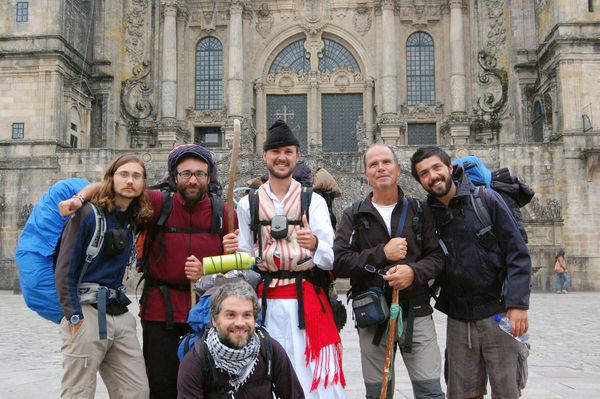
Santiago De Compostela By Rick Steves
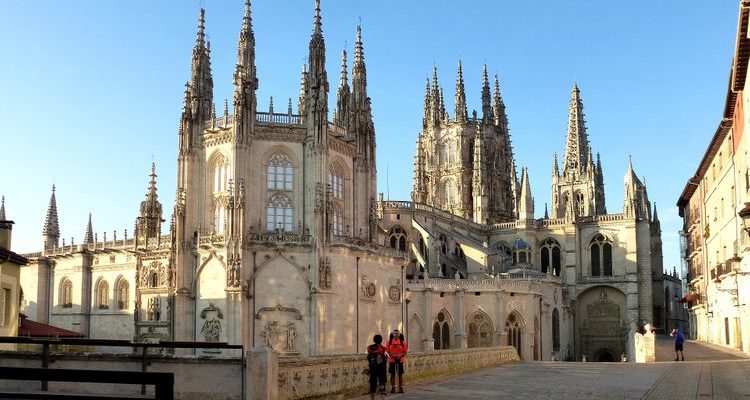
Guide To The Camino De Santiago The Ancient Pilgrimage Route Of Spain

Santiago De Compostela Cathedral Pilgrim S Mass Youtube

Women On The Camino De Santiago Women Travel The World
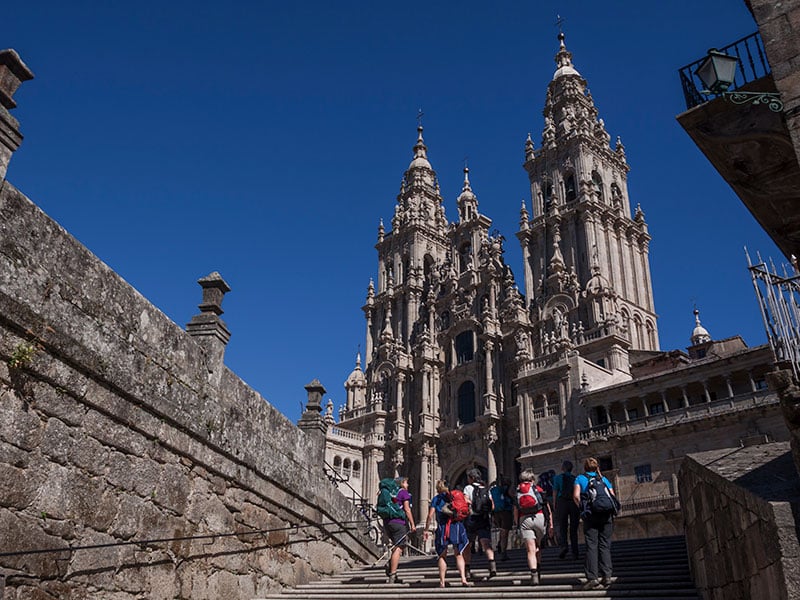
24 Hours In Santiago De Compostela Caminoways Com
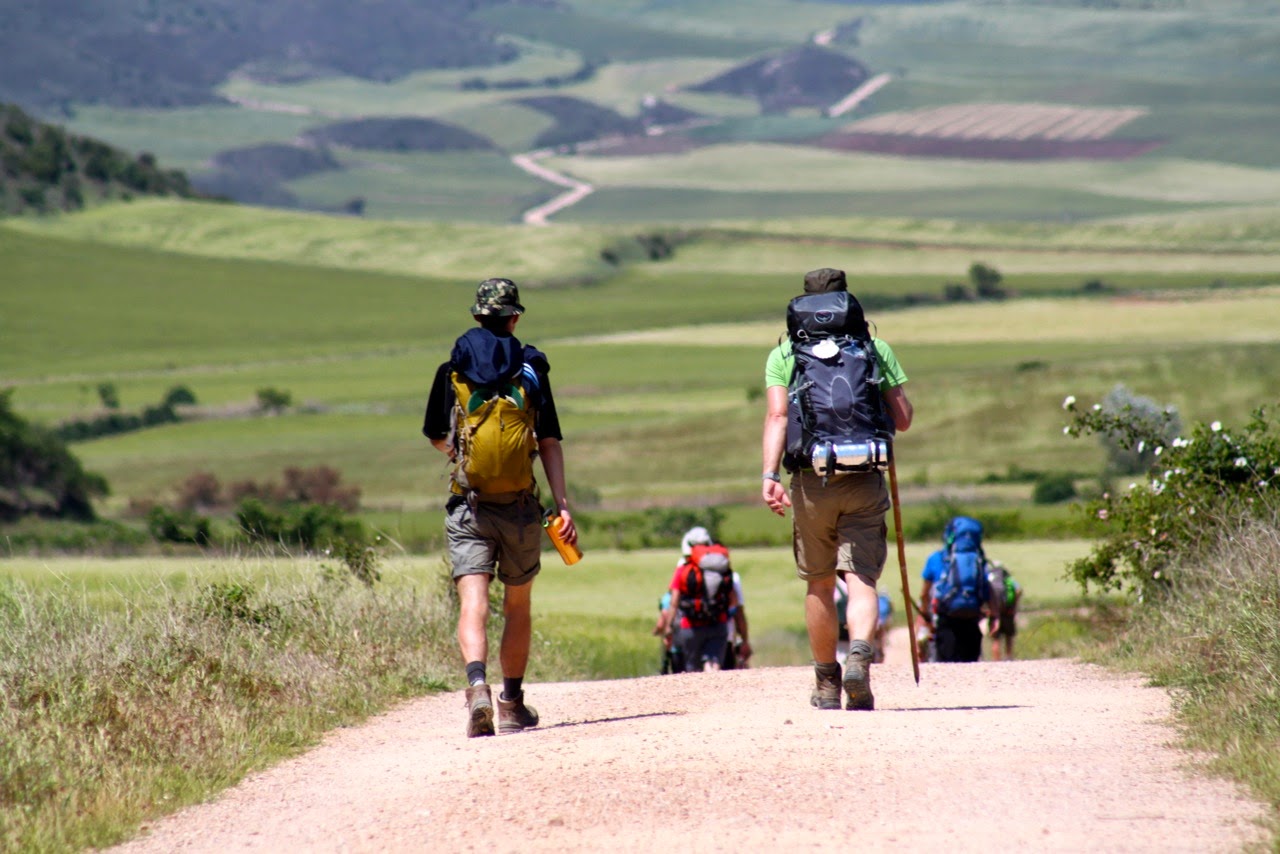
Spain Road Trip Day 1 My Radiant City

Pilgrimages To Santiago De Compostela Among The Czechs Poles Download Scientific Diagram

What To Do In Santiago De Compostela After The Camino

Spain Camino De Santiago
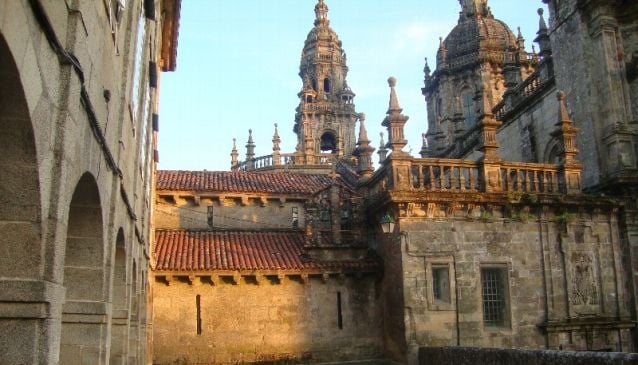
The Pilgrimage Routes To Santiago De Compostela My Guide Galicia

Pilgrims Rituals In The Cathedral Of Santiago De Compostela Ultreya Tours Blog
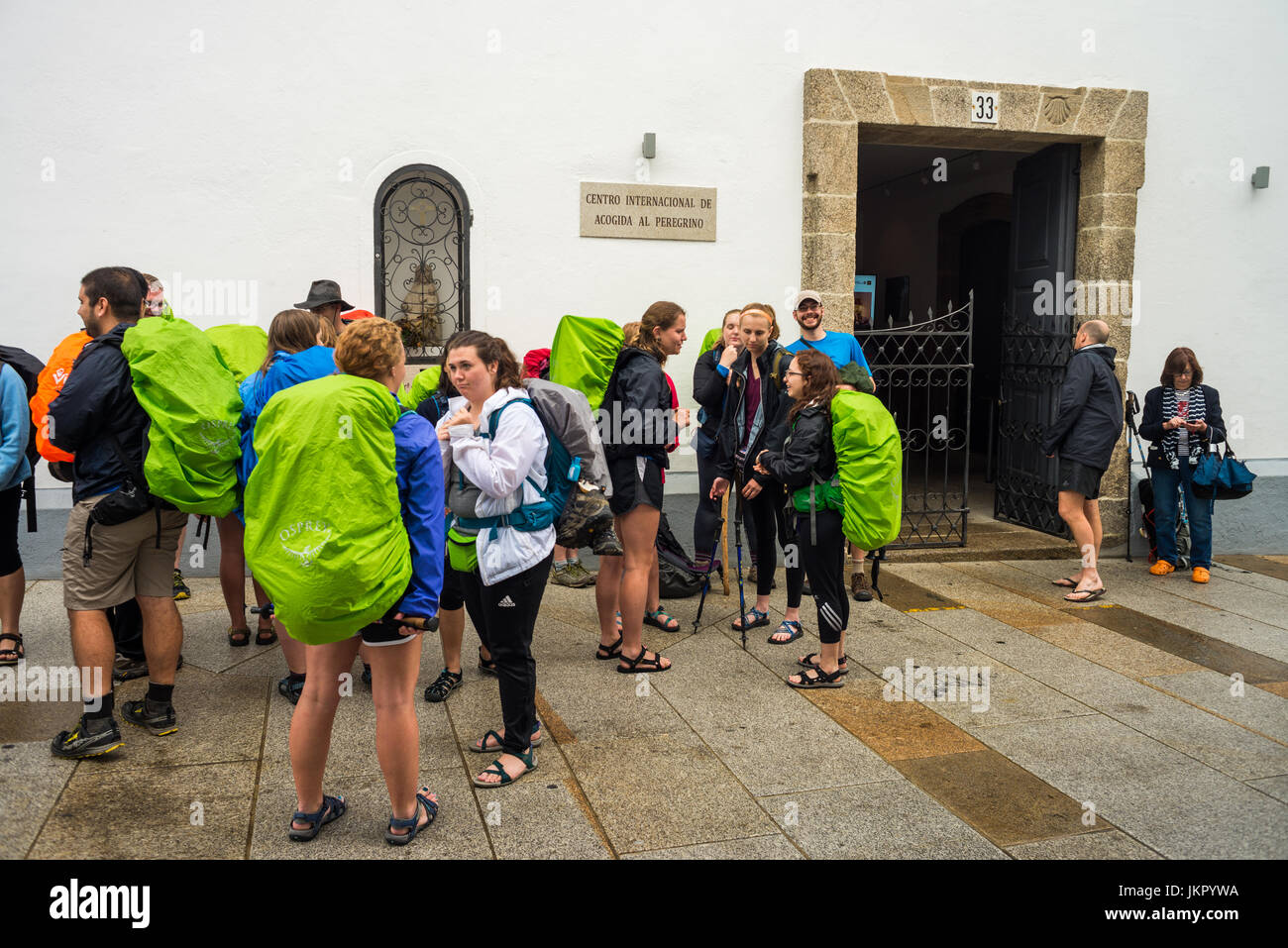
Pilgrim S Reception Office Santiago De Compostela A Coruna Spain Stock Photo Alamy

Pilgrims On The Camino De Santiago Spain Way To Santiago Editorial Stock Image Image Of People Destination

Well For The Journey Camino De Santiago A Virtual Pilgrimage

How I Became A Bad Pilgrim What The Santiago De Compostela Taught By Fleur Brown Medium

A Walk To The End Of The Earth The Camino De Santiago De Compostela Pilgrimage Positively Filipino Online Magazine For Filipinos In The Diaspora

Camino De Santiago The Ancient Way Of Saint James Pilgrimage Route From The French Pyrenees To Santiago De Compostela Trail Guides Ramis Sergi Amazon Com Books
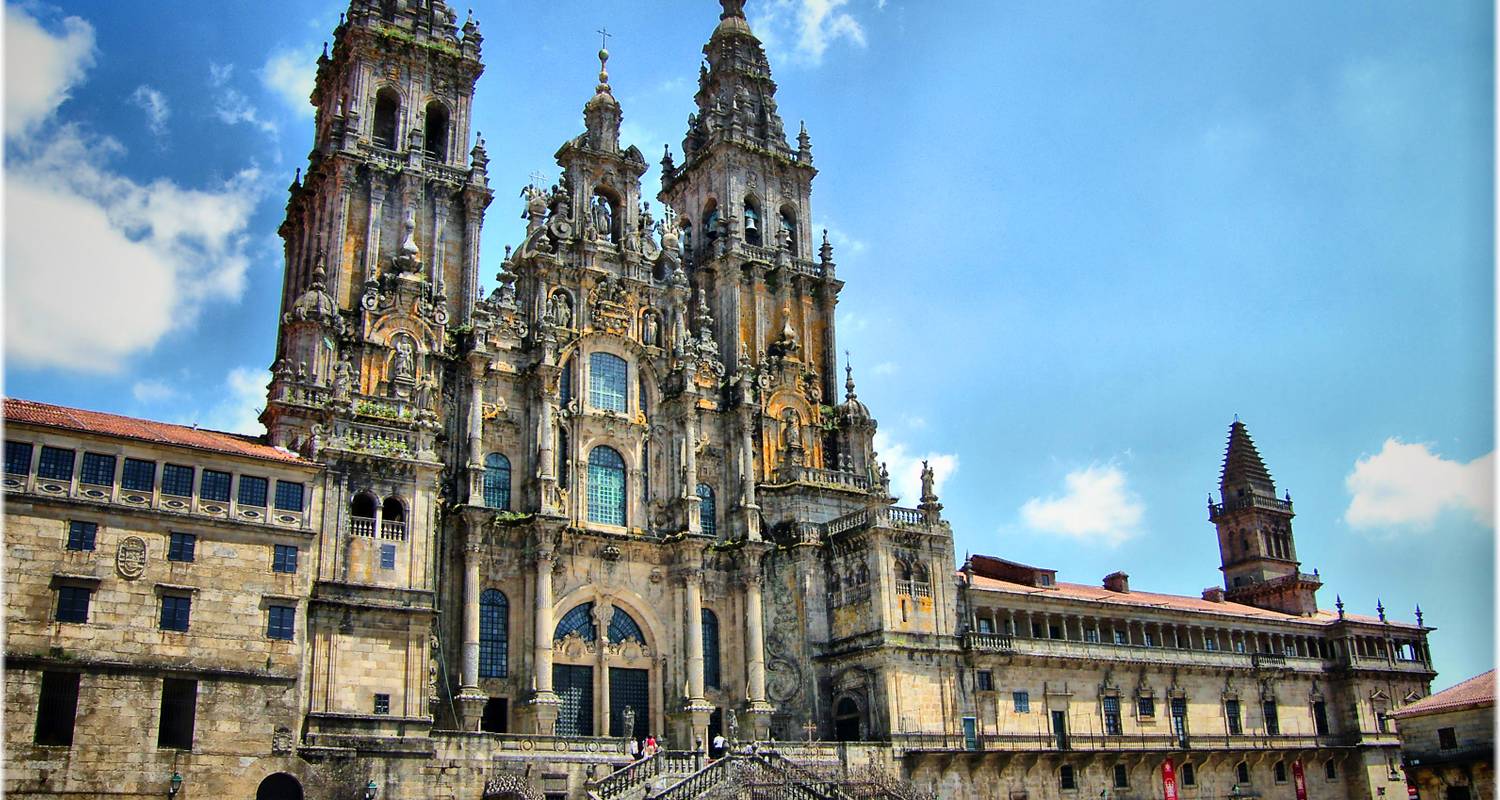
Camino De Santiago Self Guided Bike Tour Pilgrims Way From Porto To Santiago De Compostela By Authentic Trails Tourradar

Travel In Spain Twelve Things You Didn T Know About The Camino De Santiago News El Pais In English
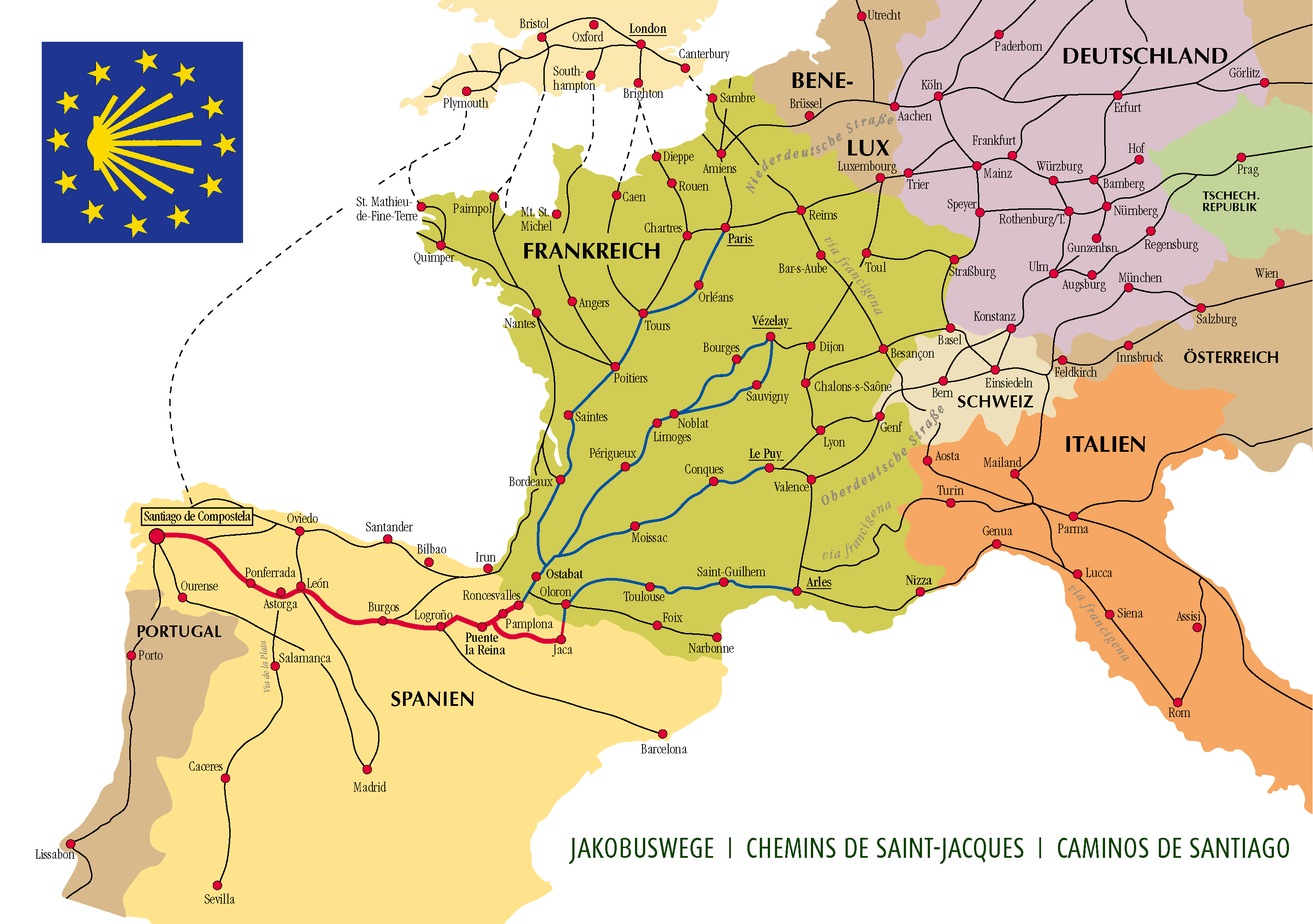
Camino De Santiago Wikipedia

El Camino De Santiago De Compostela Is One Of The Most Important Medieval Christian Pilgrimages There Are Camino De Santiago Pilgrimage Santiago De Compostela

Its Long Way To Santiago De Compostela A Reflective Pilgrimage Route

The Way Of St James El Camino Spain Walking Pilgrimage 6 Tours Catholic Pilgrimages Places To Travel Camino De Santiago Pilgrimage

Safety Concerns Emerge Along World Famous Pilgrimage Route Parallels Npr
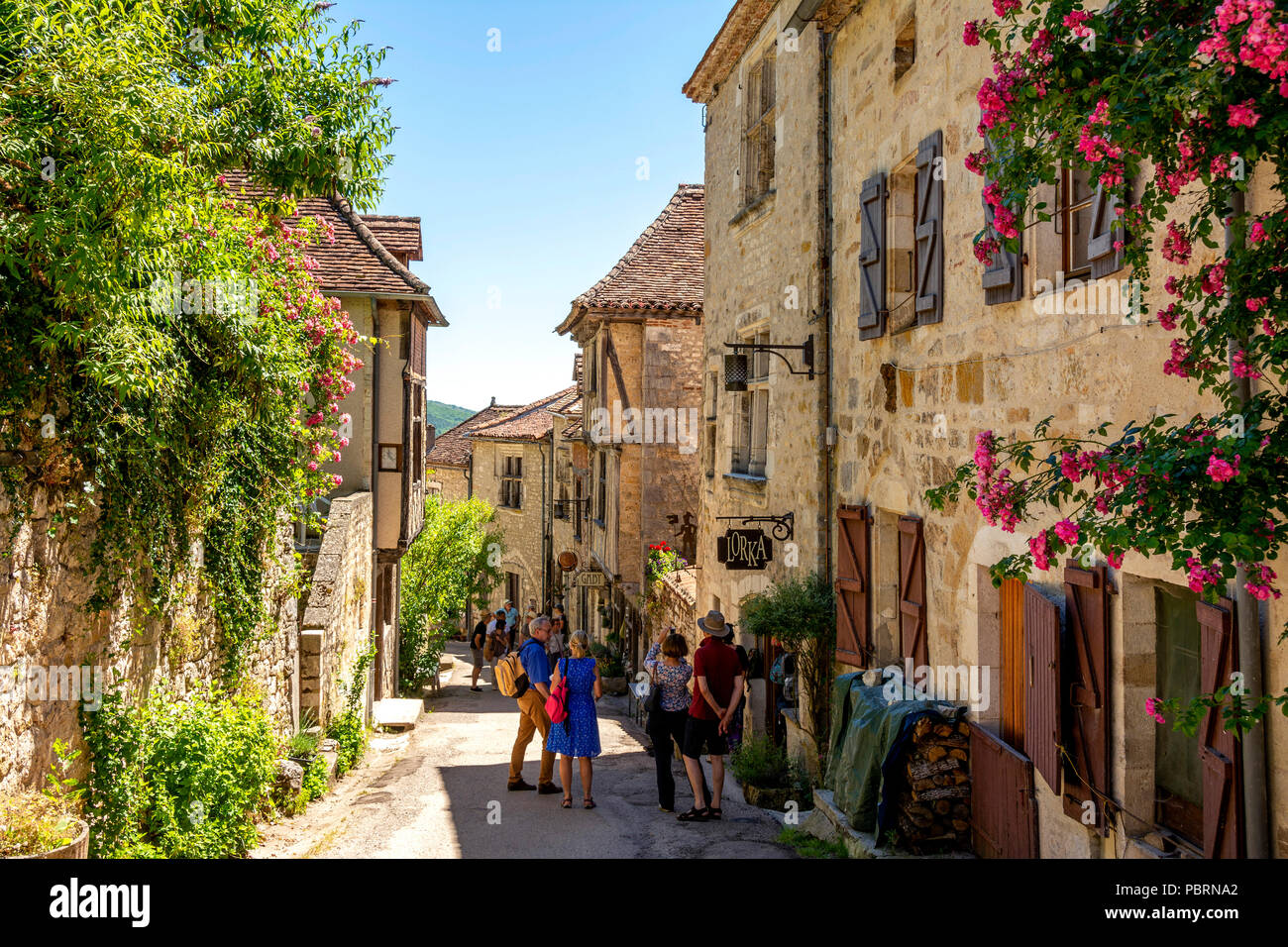
Saint Cirq Lapopie On Santiago De Compostela Pilgrimage Road Labelled As A Les Plus Beaux Villages De France Or The Most Beautiful Villages Of Franc Stock Photo Alamy
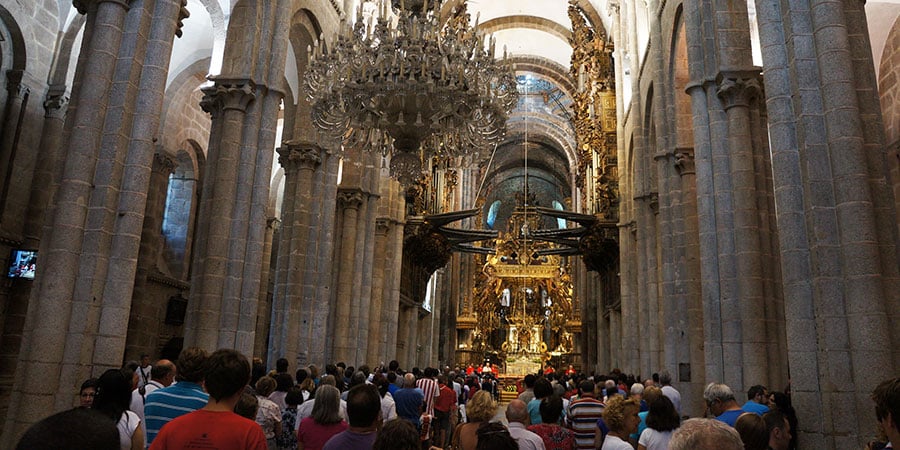
Camino Faq Pilgrim Mass Santiago De Compostela Caminoways Com

The Way Of St James El Camino Spain Catholic Pilgrimages Spiritual Journeys 6 Tours

The Way Pilgrimage Catedral De Santiago
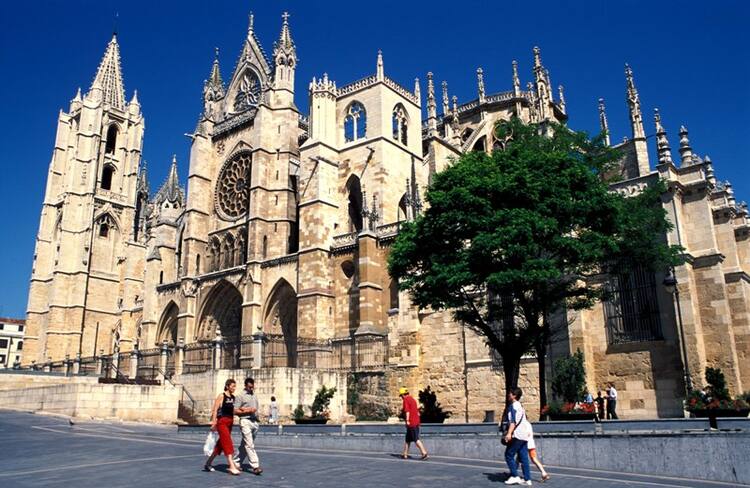
Routes Of Santiago De Compostela I Camino Frances I And Routes Of Northern Spain Unesco World Heritage Centre

Pilgrimage To Santiago De Compostela The Route
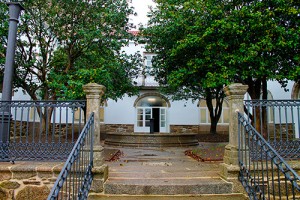
Oficina Del Peregrino Catedral De Santiago De Compostela

Camino De Santiago Crime Is It Safe For Women To Walk The Camino De Santiago Alone News El Pais In English
Camino De Santiago Routes Follow The Camino

The Legend Of The Shadow Of The Pilgrim In Santiago De Compostela Magic Hill Holidays
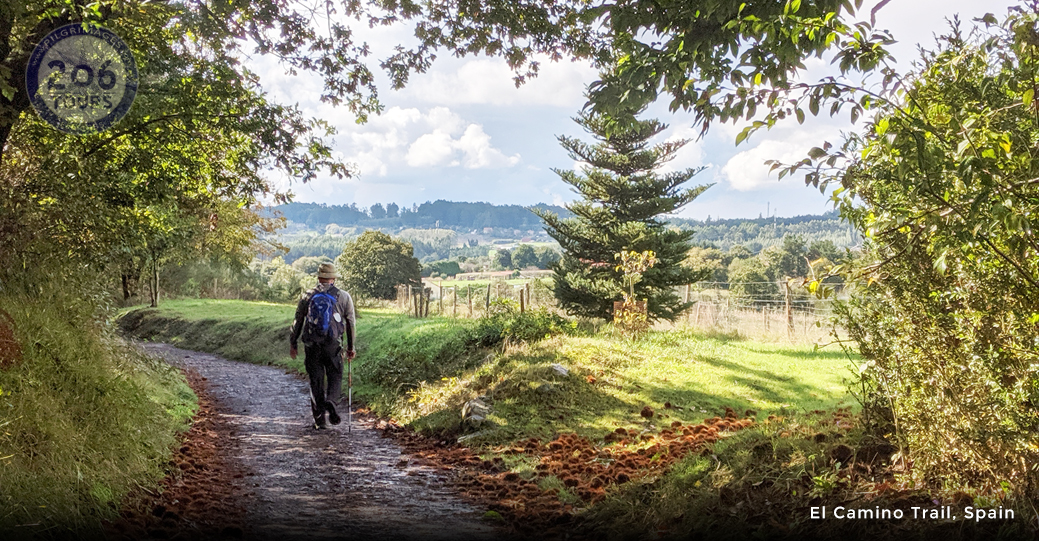
El Camino Trail Walking The Way Of St James Pilgrimage 6 Tours Catholic Tours
/time-required-for-camino-de-santiago-1642987-FINAL-5bc76e7b46e0fb0026266015.png)
Spain S Camino De Santiago How Long The Trip Takes

The Many Ways To Santiago Wilderness Travel
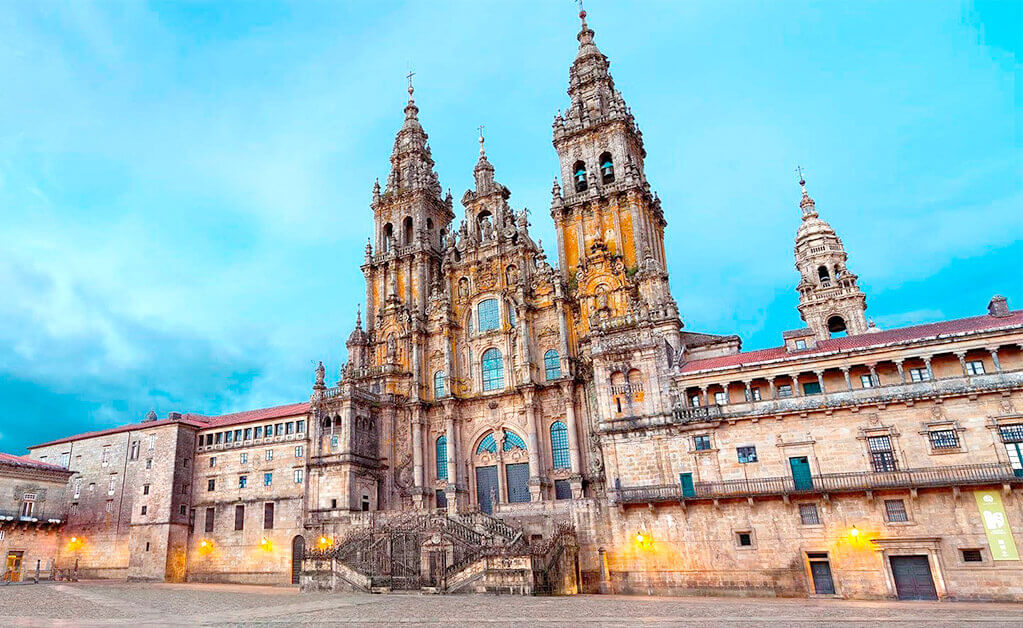
Camino De Santiago Routes Stages And Maps Pilgrim Advice 19

El Camino De Santiago Pilgrimage The Way Of St James Spain
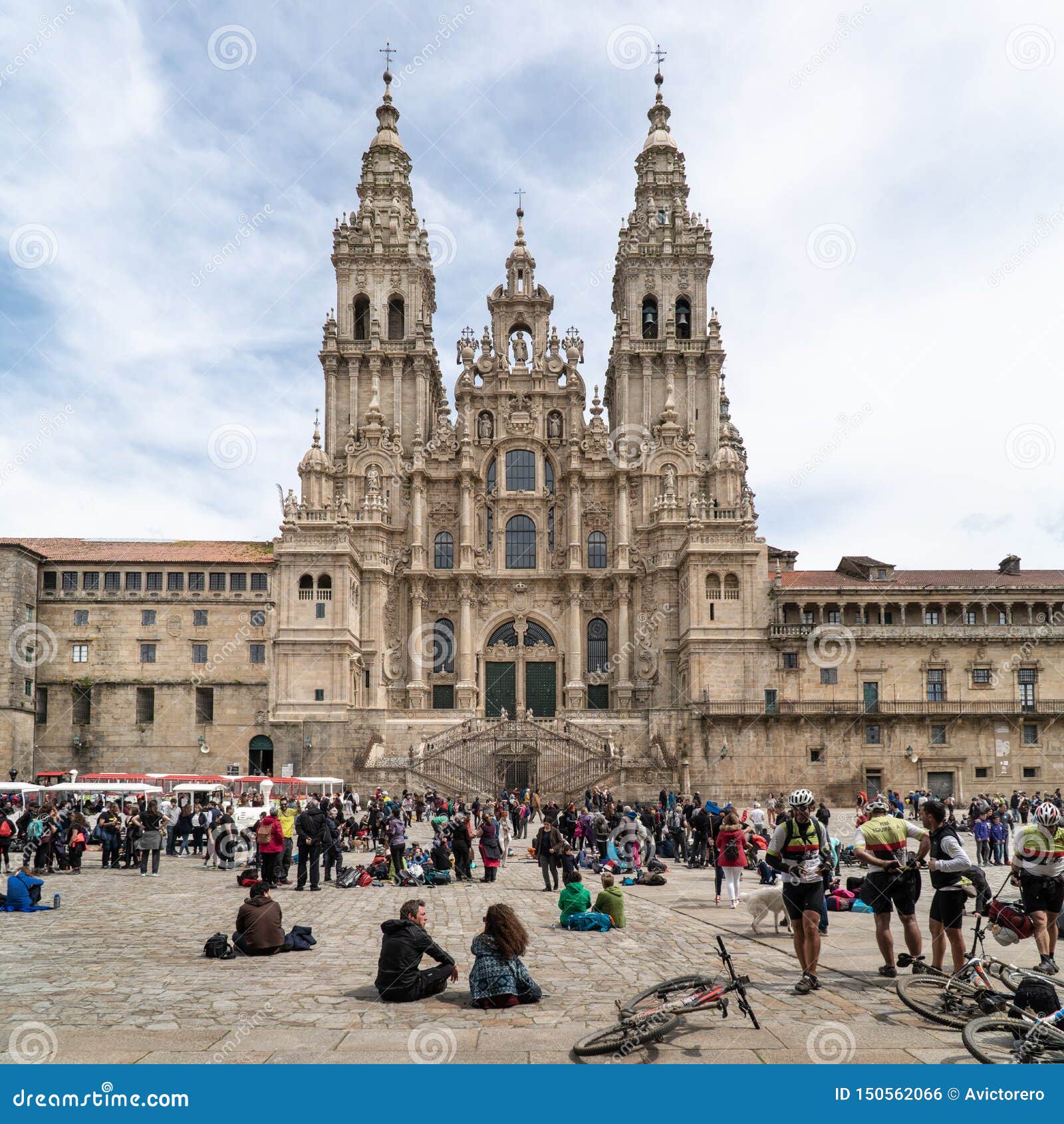
Santiago De Compostela Cathedral And Lots Of Tourists And Pilgrims In Holiday Editorial Photo Image Of Baroque History

Pilgrims Ways

Walking The Camino De Santiago A Beginner S Guide Outside Online

Camino De Santiago The Pilgrimage Routes To Santiago De Compostela

Walk The Camino De Santiago In Spain Europe G Adventures
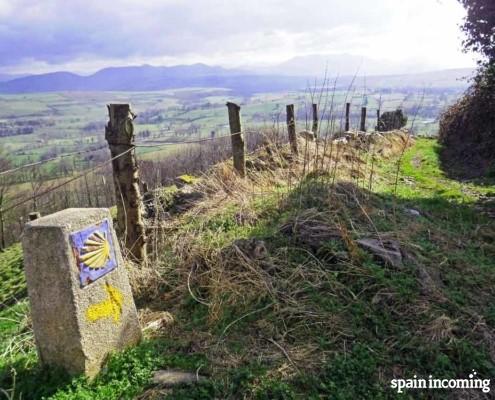
The First Pilgrim To Santiago De Compostela Spain Incoming

Ovation Dmc The Portuguese Way To Santiago De Compostela

Santiago De Compostela Spain Catholic Pilgrimages

Pilgrimage Movement Of Polish And Czech People To Santiago De Download Scientific Diagram

Walking Spain S Camino De Santiago Ranch Coast Magazine
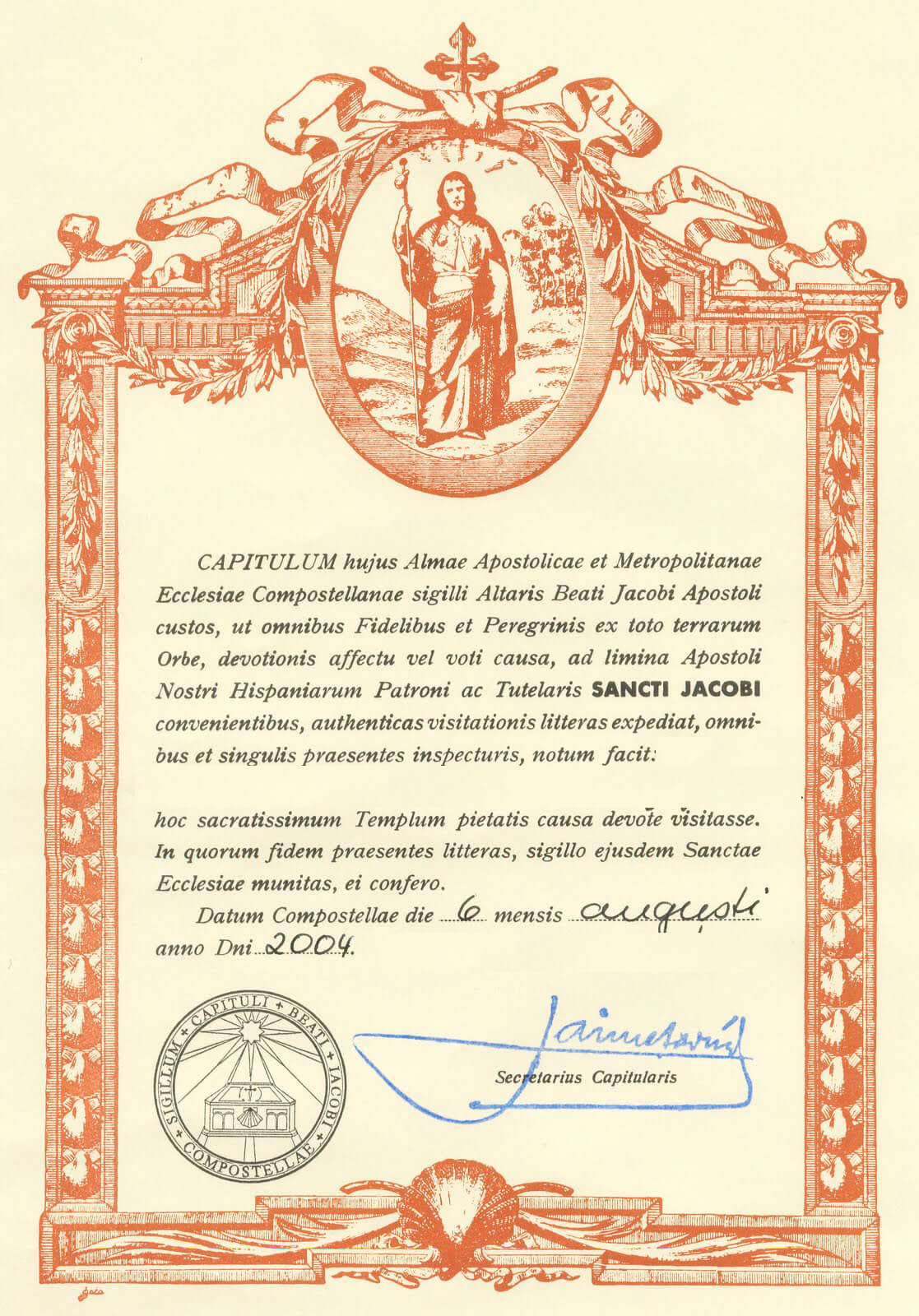
The Compostela What Is It How To Get It Minimum Distance Required

Gigd57mkr3iwem
Pilgrimage To Santiago De Compostela In The Gers

Pilgrimage To Santiago De Compostela Rituals And Traditions Caminoways Com
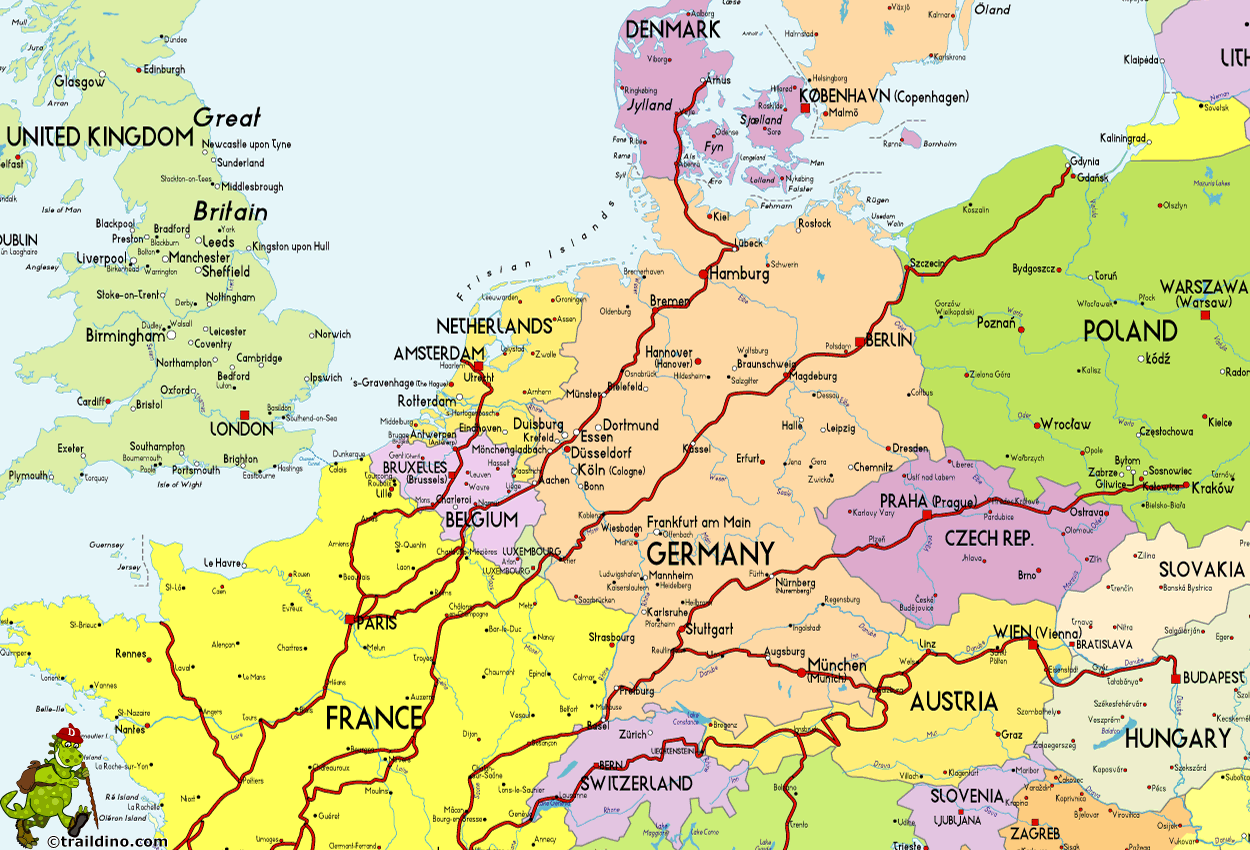
Pilgrims Ways
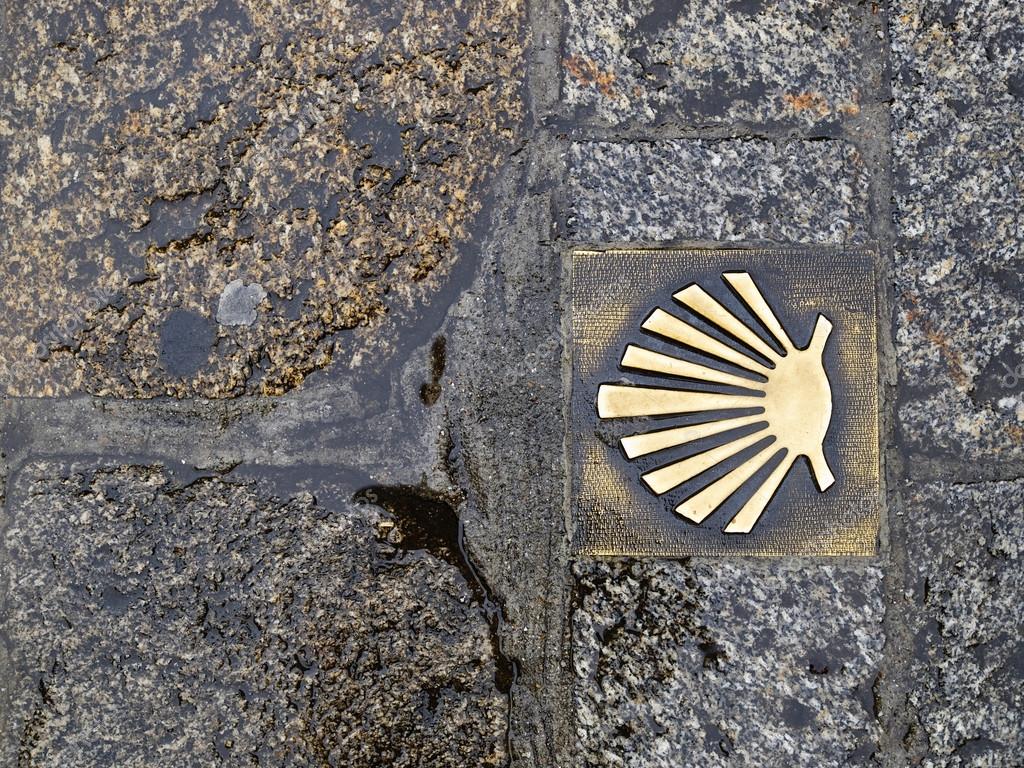
The Pilgrim Shell The Origin Of The Symbol Of The Camino Vivecamino

File Pilgrims Santiago De Compostela Jpg Wikimedia Commons

Camino The Pilgrimage Route To Santiago De Compostela Santiago De Compostela Camino De Santiago Santiago
:max_bytes(150000):strip_icc()/hiker-pilgrim-on-the-camino-de-santiago--asturias--spain--europe-98724292-5ab018588e1b6e00373fc98a.jpg)
Planning For Your Camino De Santiago Walk

History Of The Pilgrimage To Santiago De Compostela Spiritual Travels

Pilgrimage To Santiago De Compostela Rituals And Traditions Caminoways Com

Pilgrimage We Are On The Road To Santiago De Compostela King Goya
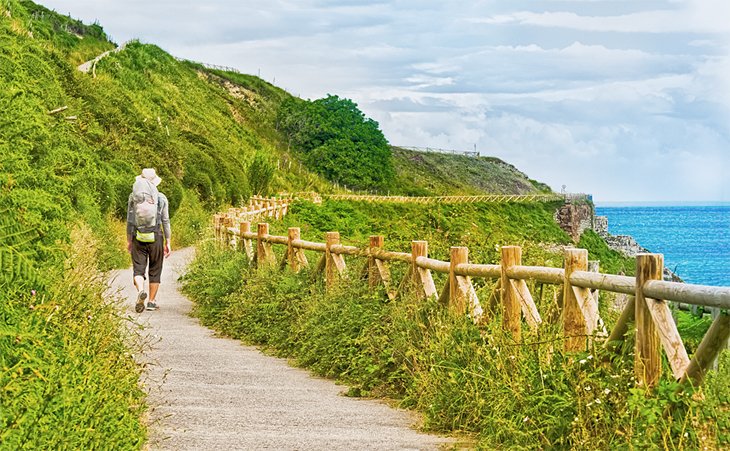
11 Top Rated Attractions In Santiago De Compostela Easy Day Trips Planetware

Santiago De Compostela Spain Britannica

Santiago De Compostela Pilgrimage High Resolution Stock Photography And Images Alamy
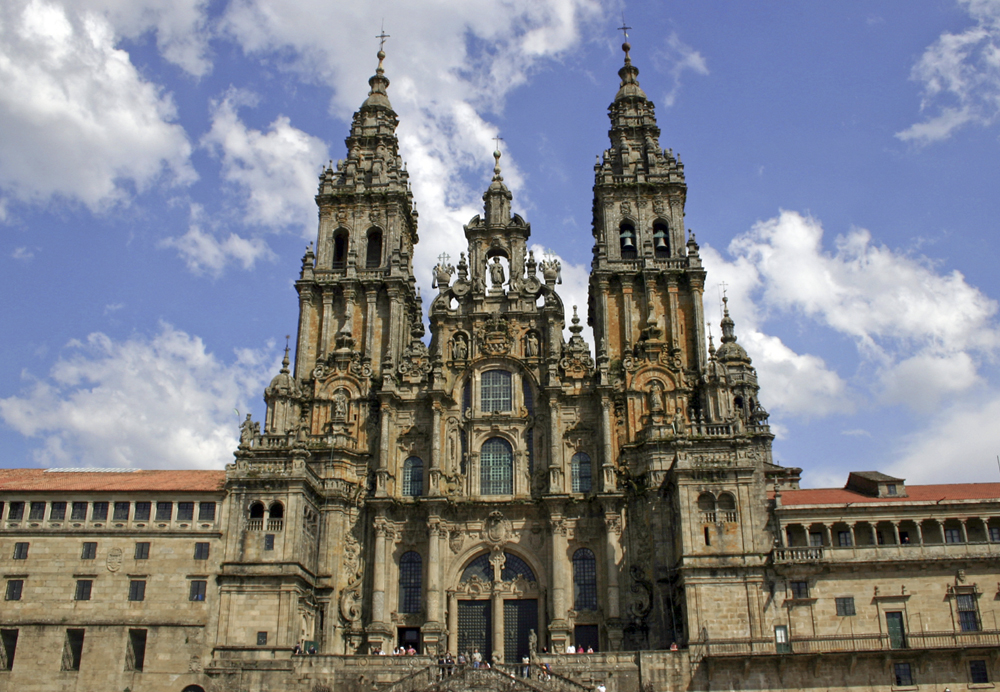
Santiago De Compostela Pilgrims Way

Santiago De Compostela Cathedral Wikipedia

French Way Wikipedia

Utracks On A Santiago De Compostela Pilgrimage With c Two
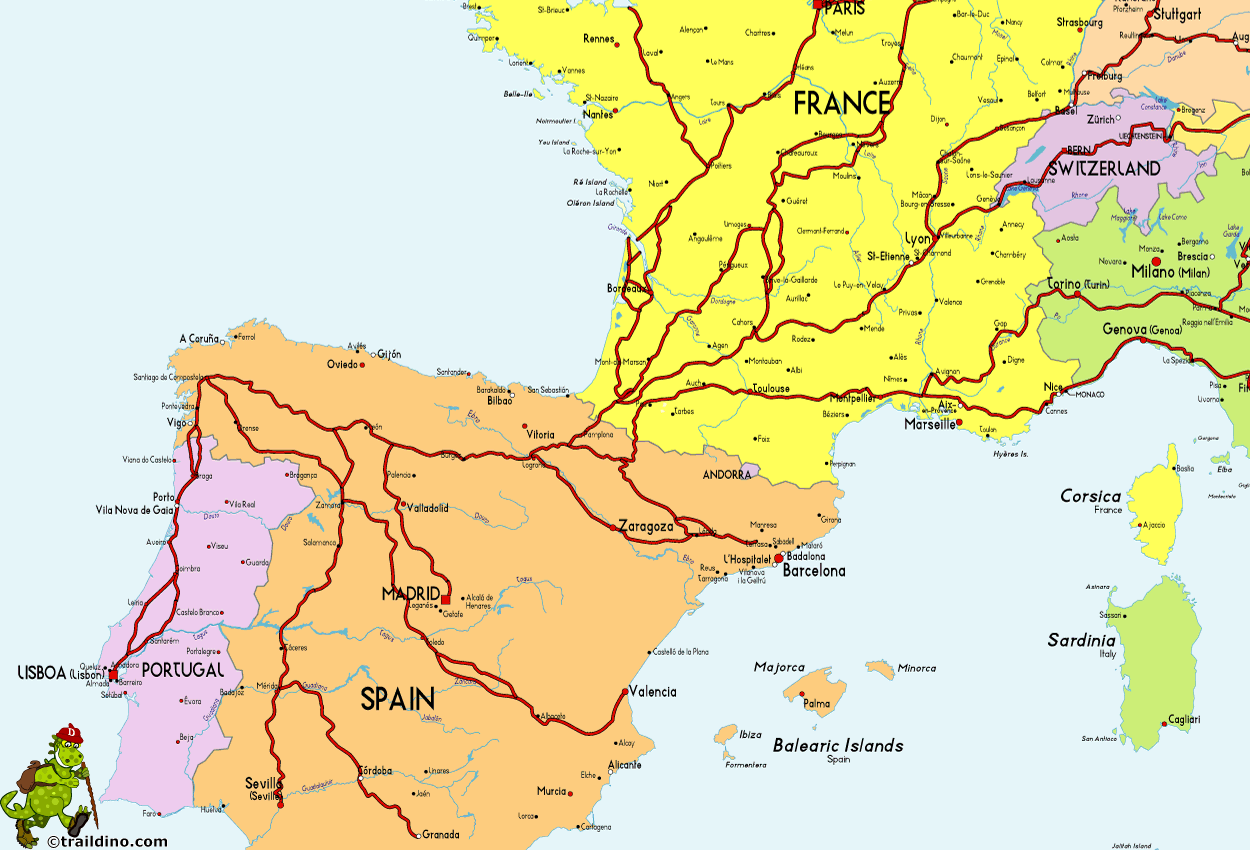
Pilgrims Ways

The Pilgrim S Guide To Santiago De Compostela William Melczer Amazon Com Books

Camino De Santiago The Pilgrimage Routes To Santiago De Compostela

Camino De Santiago Pilgrimage Invitation 19 06 09 Knights Of Columbus Dallas Diocese Chapter
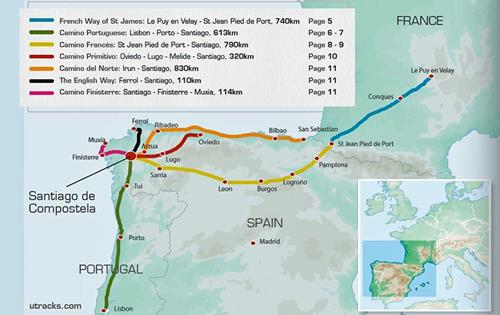
Utracks On A Santiago De Compostela Pilgrimage With c Two

Pope Treads The Pilgrim Path To Santiago De Compostela Europe News And Current Affairs From Around The Continent Dw 06 11 10

The Camino De Santiago All You Need To Know Stingy Nomads
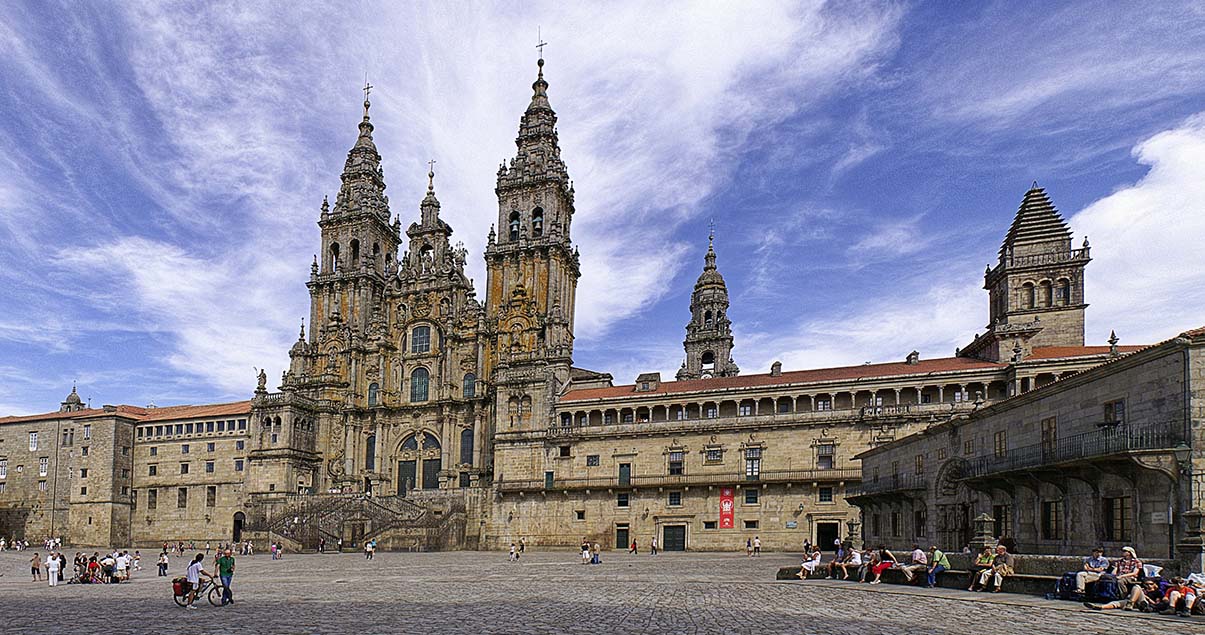
The Santiago De Compostela Pilgrimage In Spain The Way Of Saint James

Pilgrim Traditions In Santiago De Compostela Spiritual Travels

Santiago De Compostela Pilgrim Routes
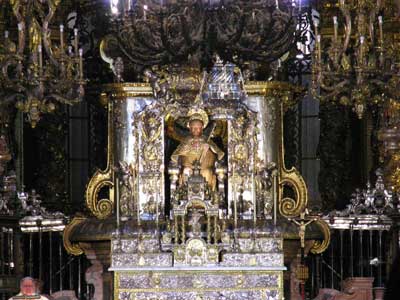
Pilgrims Rituals In The Cathedral Of Santiago De Compostela Ultreya Tours Blog

Sabbatical Report A Pilgrimage To Santiago De Compostela Assets
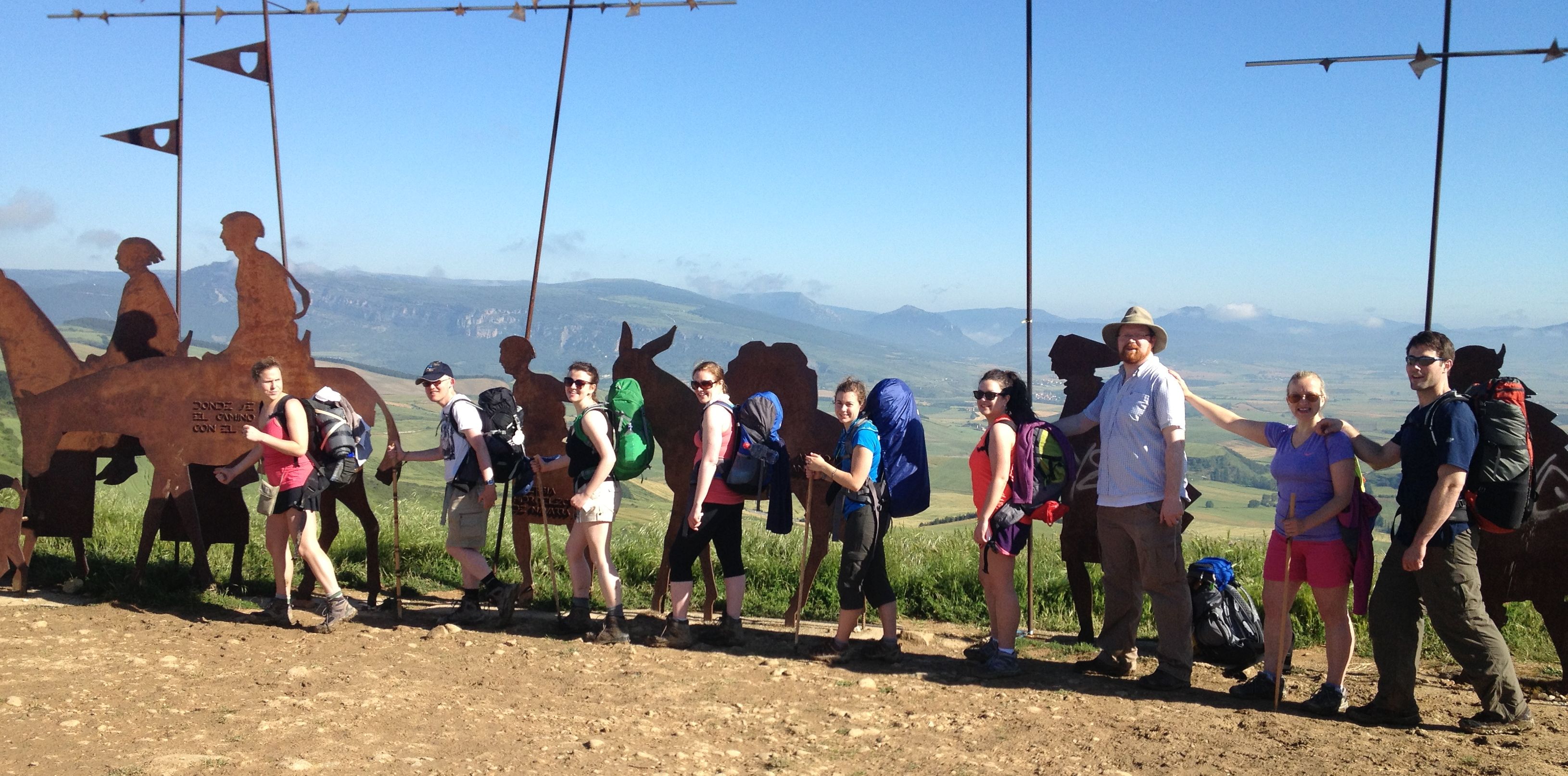
Irish Religious Set Up New Ministry In Santiago De Compostella Catholicireland Netcatholicireland Net
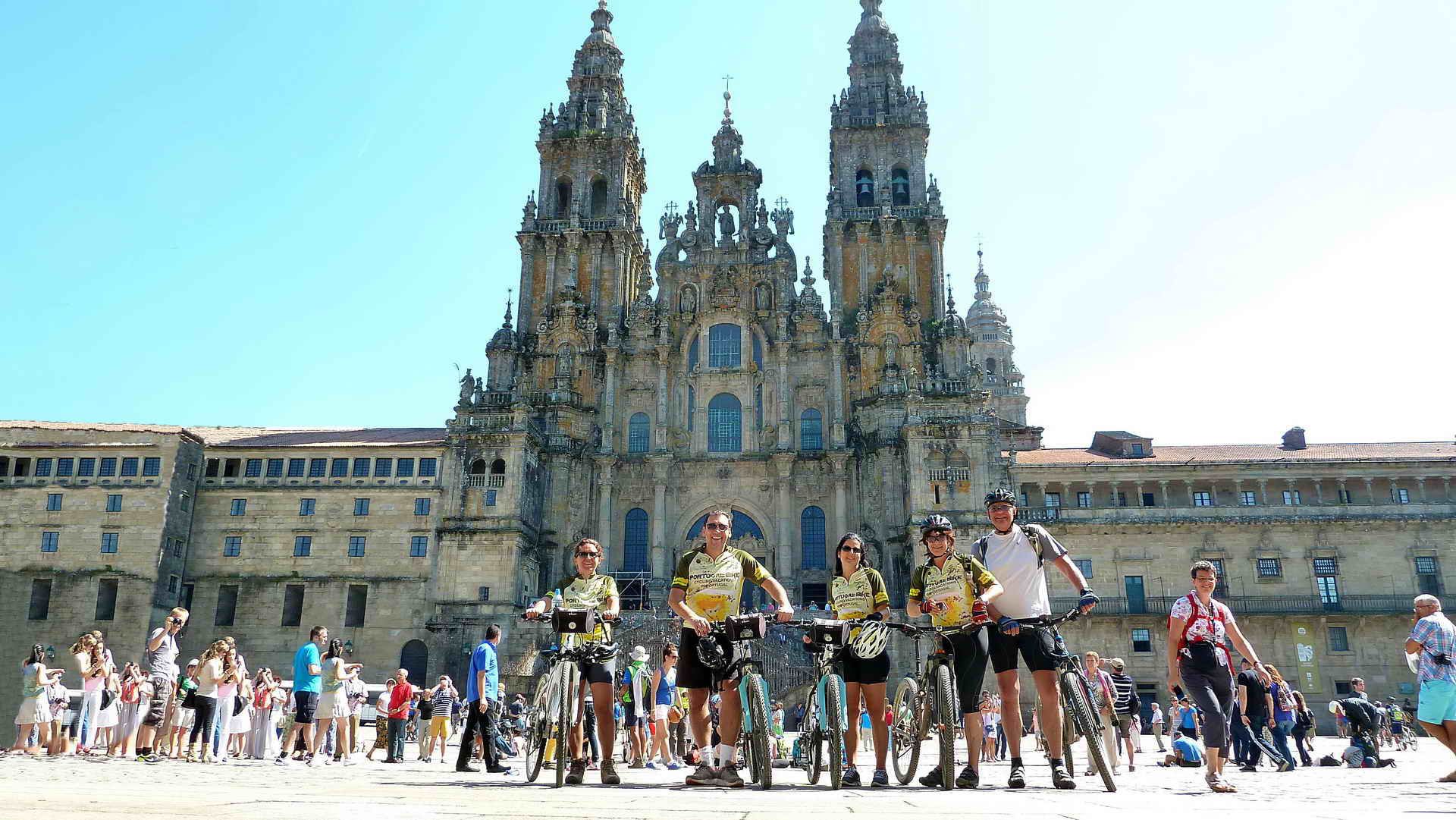
Cycling The Camino One Of The Oldest Pilgrimage Routes Portugal Bike

Santiago De Compostela Spain S Camino De Santiago De Compostela Buenqamino

Walking The Camino De Santiago Will Change You National Catholic Reporter
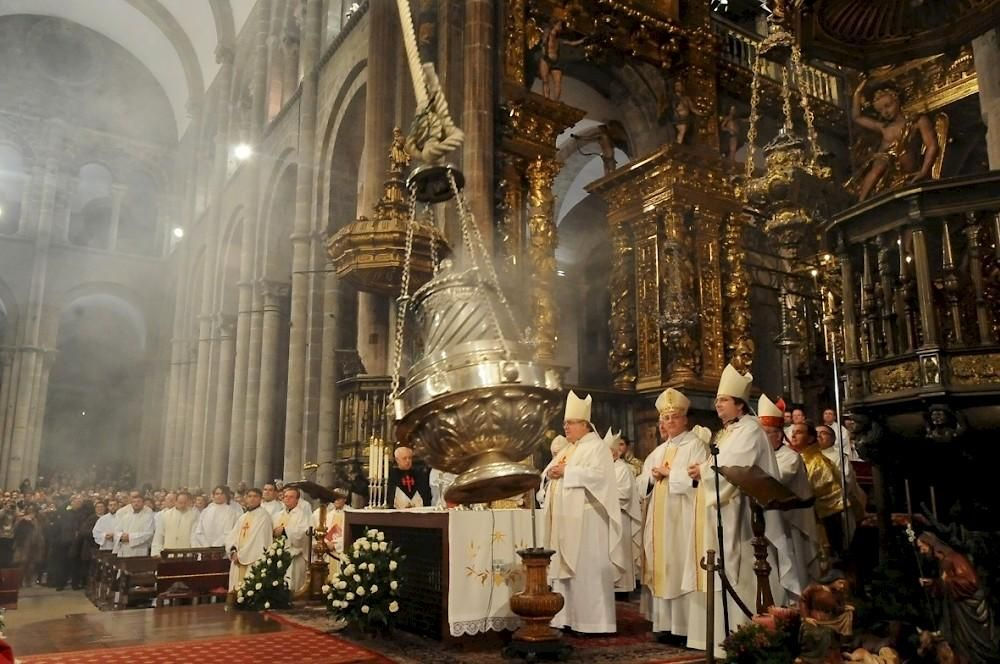
A Luxury Pilgrimage Along The Camino De Santiago
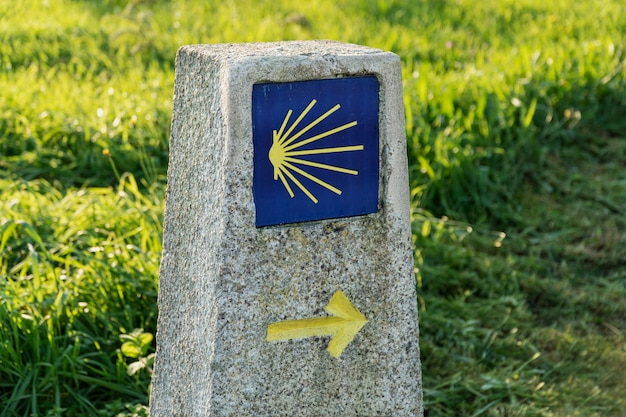
Premium Photo Way Of St James Sign Yellow Scallop Sign Pilgrimage To Santiago De Compostela
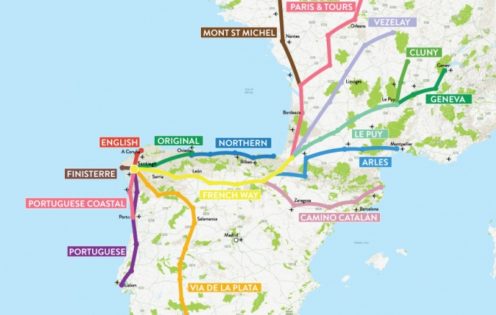
Sundays With Celia Vol 5

How To Walk The Camino De Santiago In 4 Days Caminoways Com

Spain S Camino De Santiago Tales From A Successful Pilgrim Planet Janet Travels
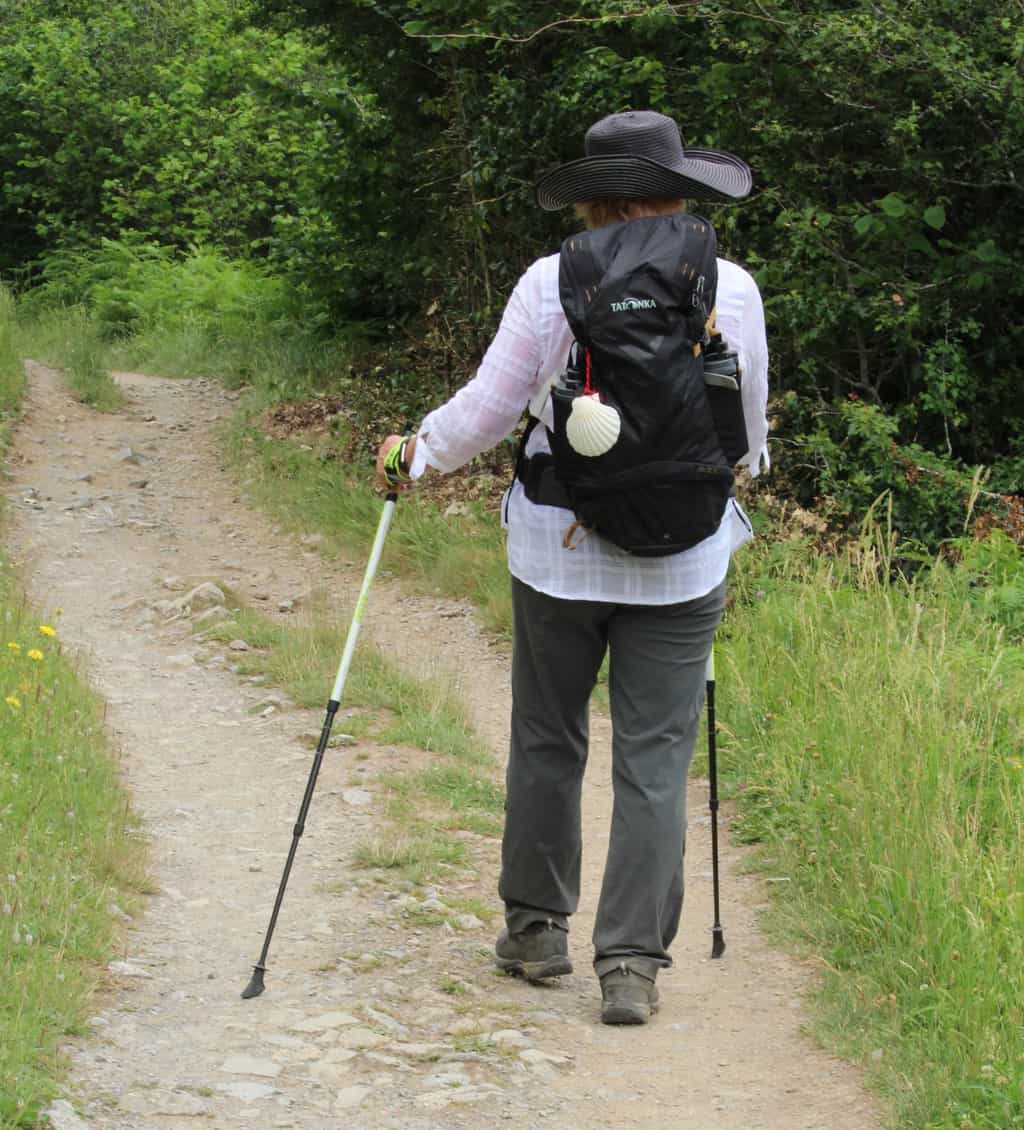
Walking The Camino De Santiago De Compostela In France Food Wine Travel

Santiago De Compostela Cathedral Reopens To Pilgrims Catholic San Francisco San Francisco Ca

The Pilgrimage To Santiago De Compostela A Once In A Lifetime Adventure Joe Kutchera

Young Man On Pilgrimage At Santiago De Compostela With Phone Stock Photo Download Image Now Istock



